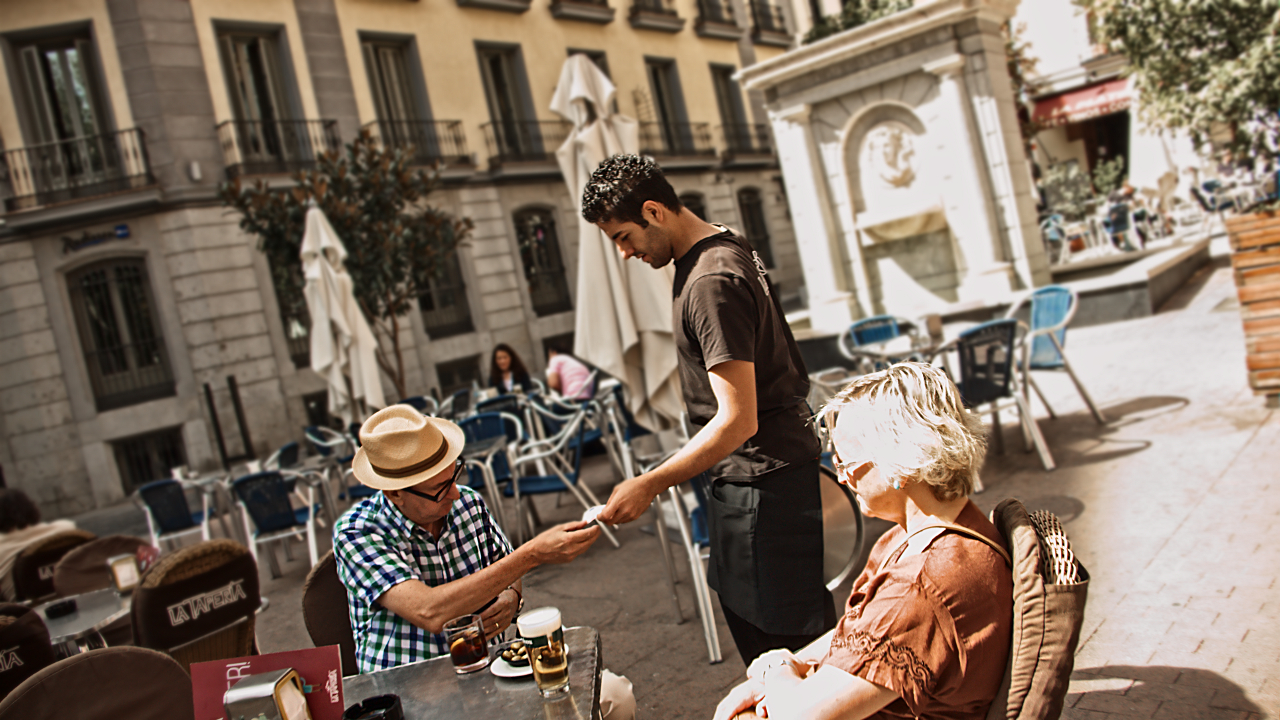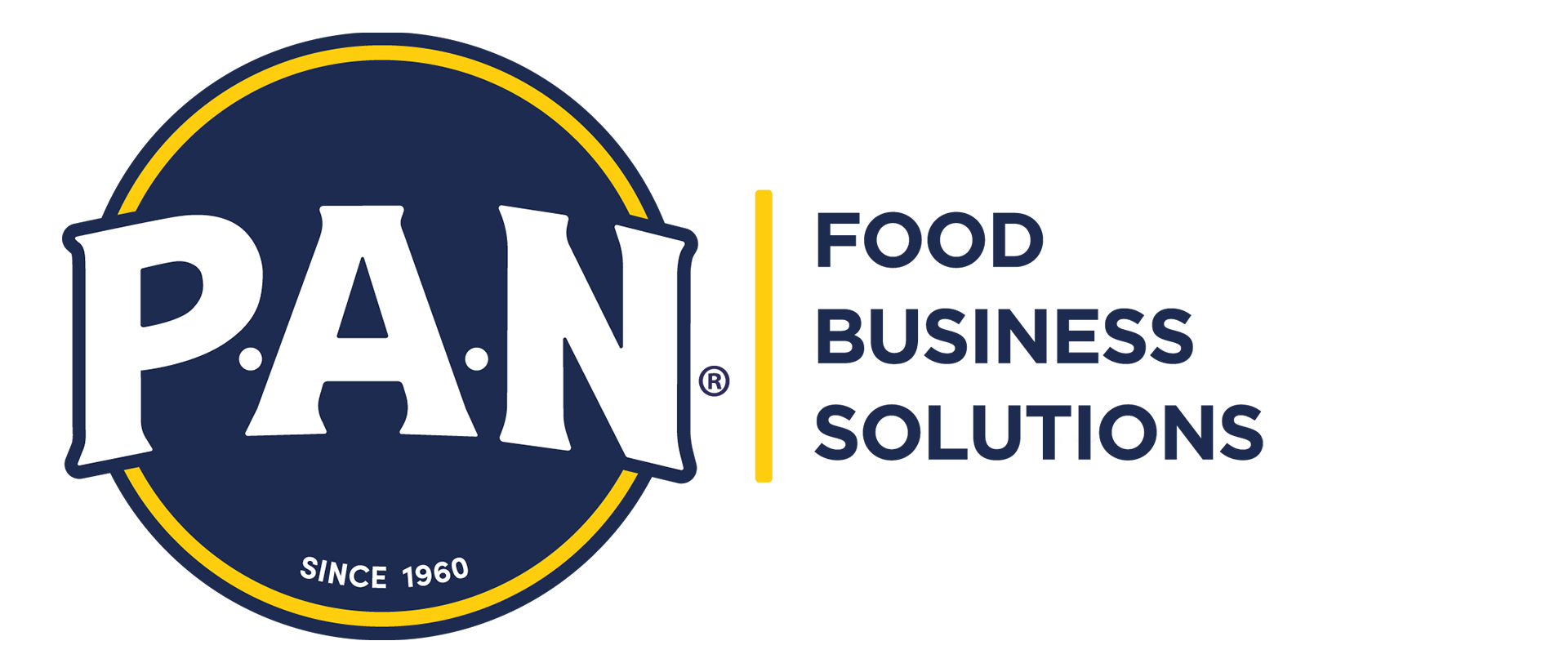Recently, Maria, a blind woman, went to celebrate her birthday with a good friend in a restaurant. The service was splendid, the dishes tasted great, the attention was careful; however, what happened at the end made that night unique and memorable. At dessert time, the head waiter came to the table with a plate that seemed to have shapes made from cold drops of chocolate. The man asks Maria for permission to take her hands and place them directly on the plate so she can feel. She, who doesn’t know what is happening, begins to move her hand and realizes that the chocolate drops have a pattern, she begins to get excited and says out loud that this was incredible, that it couldn’t be true. As the seconds ticked by, Maria realized that the chocolate drops said “happy birthday” in braille.
When I learned about this experience, I must confess that it moved me deeply. The initiative of a person, a small gesture, asking the pastry chef to do something special for a diner, wow, it can have and has had such a big impact on someone’s life that many do not realize the power we have in our hands.
In the world of applied neurogastronomy, this is called surprising and delighting, and it is based on the principle of offering someone something that they cannot imagine, that is not part of their expectations, generating such a great process in the mind that it will help to fix in memory a very special fact in the person who receives the gesture. This strategy is used to connect with the consumer in an emotional way, promoting gratitude and individuality, creating a desire for future experiences, which in turn creates loyalty.
A few years ago, psychologist Norbert Schwarz of the Institute for Social Research at the University of Michigan conducted a study to test the power of a positive event on overall life satisfaction. He placed a coin in a copy machine for the next user to find. He then interviewed the users about their lives.

“Those who found the coin described themselves as happier and more satisfied with their lives, the opposite of those who did not find a coin.”
The key to this is that it’s not the value of what the subjects found, it’s that something positive happened to them and surprised them.
In a study carried out by Loyalty One, it was found that 90% of people responded that they had a more positive image of the brand, 50% told others about their experience and one out of three people spent more in the establishment.

Imagine creating an internal culture in which each worker looks for a way to surprise and delight their customers. The impact is enormous… and we have not talked about the tip yet.
We co-created this content with @neurogastronomo to help your business grow.










